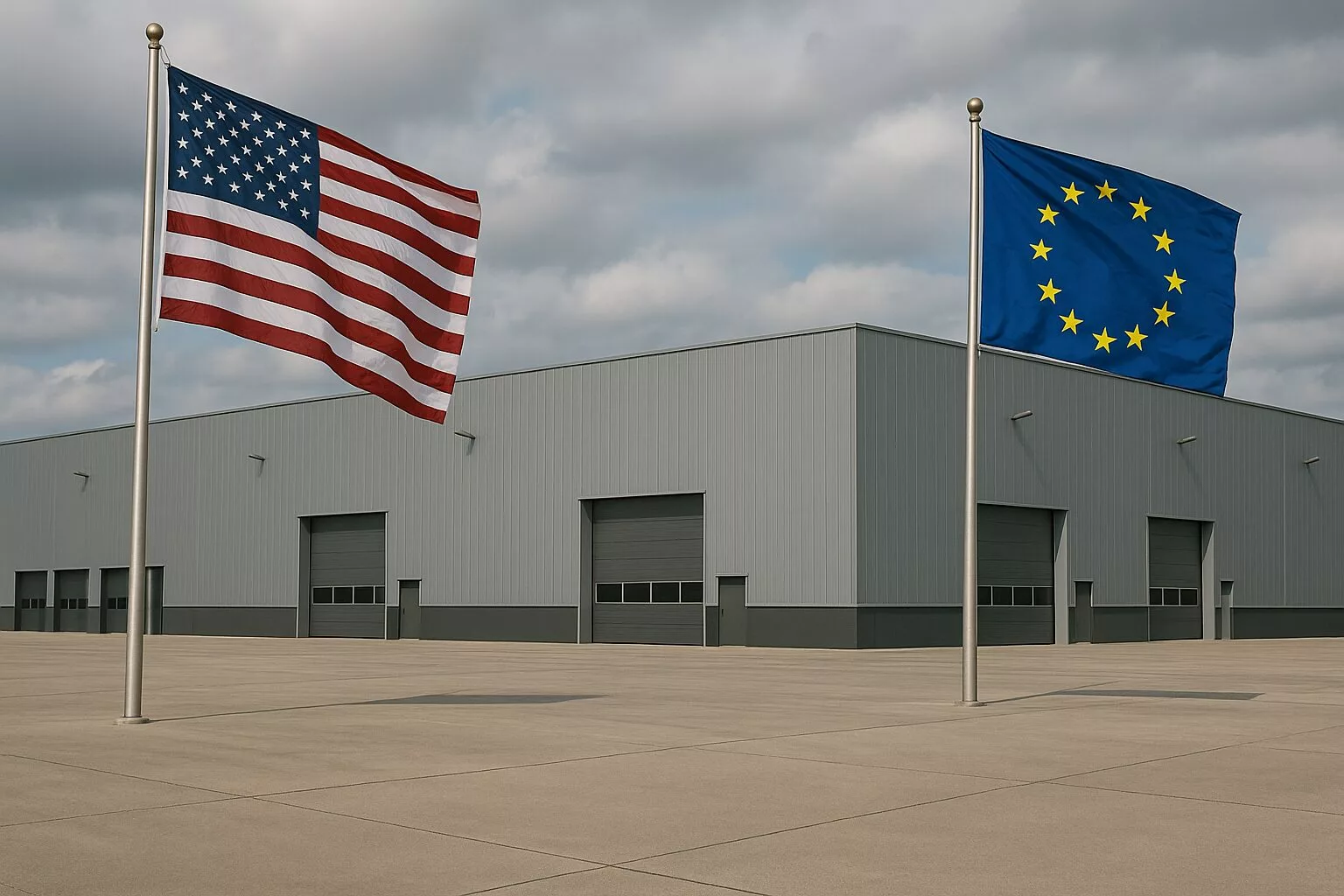The European real estate market is currently navigating a complex landscape shaped by various economic factors, with tariffs emerging as a significant influence. As the global economy continues to grapple with supply chain disruptions and inflationary pressures, the implications for real estate—especially in the industrial sector—are profound. This article delves into the current state of the European real estate market, highlighting key trends, insights, and the specific challenges posed by tariffs.
Get 50% OFF!
Subscribe to our newsletter and enjoy a 50% discount on all listing packages, no strings attached!

Understanding the Tariff Landscape
Tariffs, which are taxes imposed on imported goods, have been a contentious issue in international trade. In Europe, recent tariff adjustments have been primarily driven by geopolitical tensions and the need to protect local industries. These changes have not only affected trade dynamics but have also reverberated through the real estate sector, particularly in industrial markets.
Current Trends in European Industrial Real Estate
The industrial real estate sector has been one of the most resilient segments during the pandemic, largely due to the surge in e-commerce and the need for logistics facilities. However, the introduction of tariffs has introduced new challenges that could reshape this resilience.
- Increased Costs: Tariffs on raw materials and components have led to increased operational costs for manufacturers and logistics providers. This, in turn, affects their demand for industrial space, as companies may seek to downsize or relocate to areas with lower operational costs.
- Supply Chain Reconfiguration: Many businesses are re-evaluating their supply chains in response to tariffs. This could lead to a shift in demand for industrial properties, as companies look for locations closer to their suppliers or customers to mitigate tariff impacts.
- Investment Shifts: Investors are becoming more cautious, focusing on properties that can withstand economic fluctuations. This trend may lead to a preference for logistics hubs over traditional manufacturing spaces.
Regional Variations in Impact
The impact of tariffs is not uniform across Europe. Different regions are experiencing varying degrees of influence based on their industrial composition and reliance on imports.
- Western Europe: Countries like Germany and France, with strong manufacturing bases, are feeling the pinch more acutely. The automotive and machinery sectors, in particular, are facing challenges due to tariffs on imported components.
- Eastern Europe: Nations such as Poland and Hungary, which have become attractive for manufacturing due to lower labor costs, may see a shift in investment as companies reassess their supply chains in light of tariff implications.
Long-Term Implications for Investors
For investors in the European real estate market, understanding the long-term implications of tariffs is crucial. The industrial sector, while currently under pressure, may present opportunities for savvy investors who can identify emerging trends.
- Focus on Flexibility: Properties that offer flexible space solutions are likely to be in higher demand. As companies adapt to changing market conditions, the ability to scale operations quickly will be paramount.
- Sustainability Considerations: Investors are increasingly prioritizing sustainability. Properties that meet green building standards may not only attract higher rents but also provide a buffer against economic volatility.
- Geographic Diversification: Investors may consider diversifying their portfolios geographically to mitigate risks associated with specific regions heavily impacted by tariffs.
Conclusion: The Future of European Real Estate
The European real estate market is at a crossroads, with tariffs playing a pivotal role in shaping its future. While the industrial sector faces significant challenges, it also presents opportunities for those willing to adapt and innovate. Investors and stakeholders must remain vigilant, continuously assessing market dynamics and adjusting their strategies accordingly.





Join The Discussion